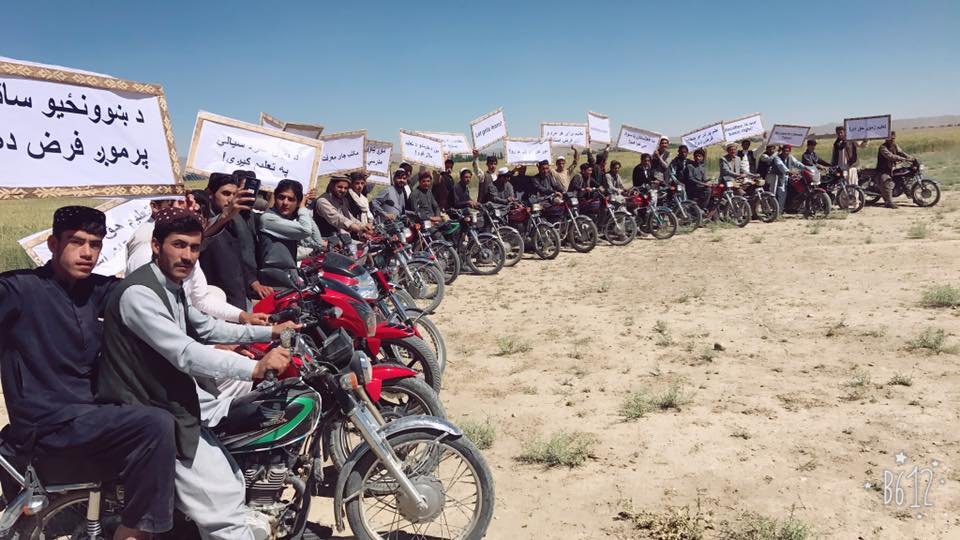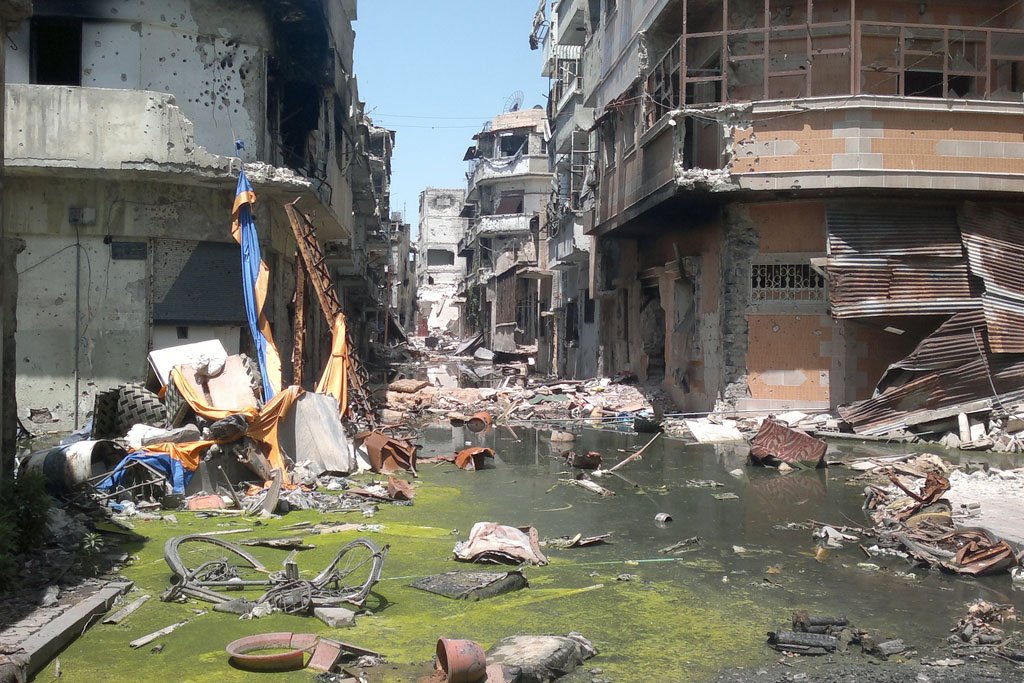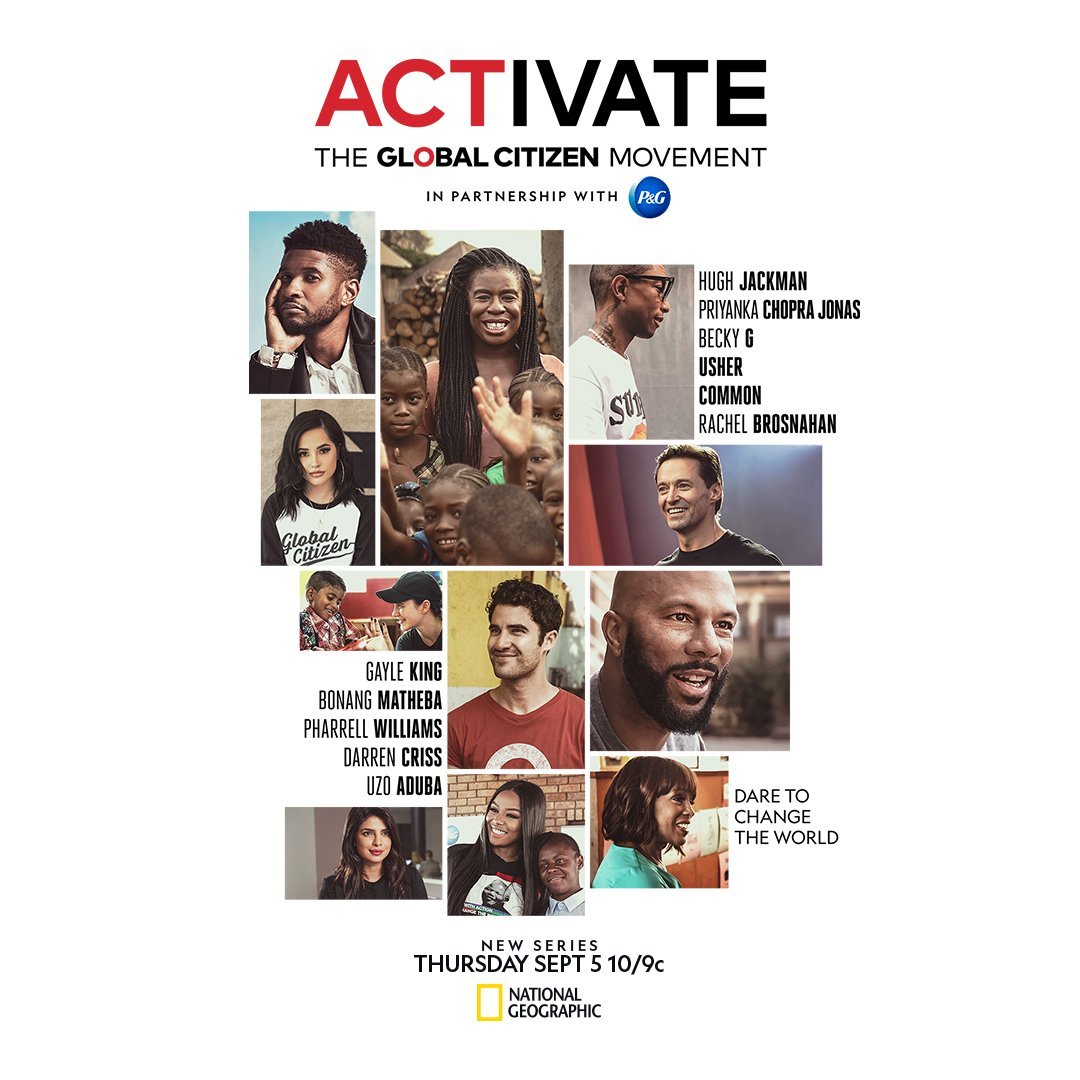In western Bangladesh, Rohingya refugee children are often afraid to go to school because they might get abducted or harassed. In Taliban-controlled areas of Afghanistan, hundreds and even thousands of schools have been destroyed in an effort to subvert girls’ and secular education. In the Dadaab refugee camp of Kenya, just 13% of children have access to post-primary education because of a lack of schools and teachers.
Globally, more than 75 million children have had their educations disrupted because of conflict or disaster. In Nepal, for instance, the 2014 earthquake wrecked schools, erasing the education system in many regions. The seemingly endless Syrian civil war, meanwhile, has made the prospect of walking across a street to a classroom a life-or-death gamble.
The consequences of so many kids missing out on school go far beyond lost geography terms and coding classes, recesses and lunch periods.
When children are denied an education, they’re more likely to experience life-altering violence, forced labor, sex and slavery trafficking, early marriage, hunger and malnutrition, and recruitment by militias, according to Education Cannot Wait.
That’s in the short-term. In the long-term, adults who were unable to get an education because of an emergency are more likely to live in poverty, die early, and contract disease, according to ECW.
Each personal tragedy, amplified by millions of lives, ripples outward on national scales to slow the progress of women’s rights, weaken economies, and destabilize countries.
It’s a crisis that affects girls most acutely. A new report released on International Women’s Day by UNHCR reveals that refugee girls are half as likely to be in school as refugee boys. Yet, if all girls in emergencies completed primary school, child marriage rates, which are higher in emergency settings, would fall by 14%. If they all finished secondary school, it would plummet by 64%.
Read More: 10 Barriers to Education Around the World
When girls are denied an education it contributes to intergenerational poverty, since all across the world, women are more likely to invest in their families than men.
But these problems are not insurmountable — all children in crises can be put into safe classrooms with capable teachers if resources are allocated effectively and political will is rallied.

That’s the mission of organizations like the Global Partnership for Education and the Education Cannot Wait Fund, both of which Global Citizen campaigns in support of.
For example, Global Citizen enlisted pop star Rihanna to call on governments to commit funds to ECW and she was able to spur Canada to commit $15 million CAD and France to commit $2 million in funding.
And after over 200,000 global citizens raised their voices in support of GPE, donors pledged $2.3 billion, which will help towards securing education for 870 million children. Around half of all funds invested by GPE are applied in fragile and conflict-affected areas.
ECW and GPE are both working to increase funding for emergency education to $11.7 billion annually, enough to make sure every child has the opportunity to learn in a formal setting.
There’s currently an $8.5 billion deficit annually to provide education in emergency settings.
Read More: From Facebook to Festivals, How Global Citizens Got Denmark to Deliver $11.2 Million for Education
But there are ways to bridge this deficit, according to ECW and GPE.
Right now, just 2% of humanitarian funding is earmarked for education, so the first step is to convince countries and foundations to make sure education isn’t neglected and that funding levels reflect the value of schools.
Bringing education funding up to 4%, for example, would nearly halve the current deficit.
 Dadaab, Kenya. (AP Photo/Jerome Delay, File)
Dadaab, Kenya. (AP Photo/Jerome Delay, File)
The rest of the funding, according to advocates, could come from new sources, such as the private sector, so that the overall humanitarian aid pie is expanded rather than cut up differently.
Further, just six countries currently dedicate 0.7% of their gross domestic product to Official Development Assistance (ODA), despite a pledge by 35 countries to do so. ODA helps funds organizations such as GPE and ECW.
Read More: Half of All Child Refugees Aren't in School: Why This Is a Massive Problem
If more countries hit this target, extreme poverty could effectively be wiped out, according to the OECD.
In addition, we need to make sure schools in conflict areas are safe from attack. The Safe Schools Declaration is an inter-governmental political commitment that provides countries the opportunity to express support for protecting students, teachers, schools, and universities from attack during times of armed conflict. 73 countries have signed up to date, but notably, the US, UK and Japan still haven't.
Ensuring that kids receive an education in crises isn’t a form of charity — it’s an investment in a safer, more prosperous, and equal world.
According to ECW, higher education levels lead to more civic engagement and tolerance for different groups of people, reducing the likelihood of conflict; more opportunities throughout a society, leading to greater economic development; and a better ability to cope with climate change.
The costs of maintaining the status quo could lead to a “lost generation” of children unable to reach their potentials, shed the shackles of poverty, and contribute to greater peace and prosperity, especially since the average displaced person spends 17 years in this uncertain state.
Here are a few of the ongoing education crises around the world.
Fastest Growing Refugee Crisis: Rohingya in Bangladesh

There are nearly 1 million Rohingya refugees living in camps in Bangladesh, mostly in tight, abruptly developed spaces. More than half of these refugees — who fled an ethnic cleansing in Myanmar — are children.
The rapidly unfolding nature of the crisis means that key infrastructure is lacking in most camps designated for Rohingya.
“All the children experienced some kind of trauma,” Daphnee Cook, Communications and Media Manager for Save the Children International’s Rohingya Response, told Global Citizen. “Whether that be something like having their parents killed or home burned down, or the trauma of packing up and having to leave their homes, every child in the camps had to go through that.”
Read More: After Genocide: What Happens Next for the Rohingya Refugees?
Establishing learning centers would allow young people to not just resume their educations, but also to receive essential support services.
“These places provide information beyond math and science,” Cook said. “It’s things like hygiene awareness, hand washing, and road safety, which is an extremely important life-saving field in the camps where road accidents are one of the leading causes of bodily trauma.”
“More than just formal learning, they are places where kids can have a safe space, where they can socialize protected from the threat of trafficking.”
Save the Children currently runs 77 “child-friendly spaces,” or CFS, across the camps, where refugee children can play, interact, and learn, according to Lucie Eches, a child protection manager who spoke with Global Citizen. The organization aims to open two more CFSs and runs a total of around 340 educational spaces including temporary learning centers, home-based learning centers, and 10 education sessions in Girl-Friendly Spaces.
Artolution, a community-based public arts group, is working with Save the Children to teach children in the largest refugee camp cluster, Cox’s Bazar, how to use art to cope with and explore their traumas.
Afghanistan’s Hollowed-Out School System

In 2014 and 2015, more than 1,200 schools in 11 of the most volatile regions were shut down because of violence or threats from the Taliban, according to the AP.
Throughout the country, only 41% of schools have buildings and many children are unable to make it to a school because they’re too far away, according to Human Rights Watch.
Read More: 9 Facts to Know About Education Around the World
And more than a third of all school-aged children are unable to go to school, Al Jazeera reports, exposing them to child marriage, forced labor, radicalization, and more.
In neighboring Pakistan, more than 25 million children are unable to attend school partly because of the Taliban’s coercion.
The most famous example of the terrorist group’s wrath is Malala Yousafzai, who was shot in the head and left for dead on a school bus in Pakistan by Taliban agents after defiantly pursuing her education.
The challenges continue to escalate in Afghanistan in particular — more than 9.3 million Afghan citizens need humanitarian assistance, and hundreds of thousands of refugees were recently expelled from Pakistan, according to Al Jazeera.
One pioneering education activist, Matiullah Wesa, is building a vast grassroots network of educators to educate girls throughout the country.
Read More: His School Was Burned Down. Now He’s Bringing Education to Thousands of Girls in Afghanistan.
Since 2009, 1,400 volunteers have reopened 54 open-air schools, established 15 libraries, secured scholarships for 3,600 orphans, and expanded access for marginalized communities and students with disabilities.
The Never-Ending Syrian Civil War

The Syrian civil war recently entered its eighth year and there’s there’s “no end in sight.”
As many as half a million have been killed in the conflict, according to statistics from the Syrian Center for Policy Research — and another 13 million people have been displaced from their homes.
Children, in many ways, have been the hardest hit.
Read More: UN Finally Authorizes Investigation of War Crimes in Syria
Nearly 1.75 million children and youth in Syria are unable to go to school and many are several years behind in math and reading skills, according to a report by the International Rescue Committee.
Throughout Syria, thousands of schools have been destroyed by bombs and other weapons and for children in refugee camps in neighboring Turkey, Lebanon, and Jordan, resources are sometimes scarce.
More than one third of all children in Syrian refugee camps not receiving any formal education in 2015, Human Rights Watch reports.
The journalist Rania Abouzeid recently told the story of Ruha, a 9-year-old girl at the start of the Syrian war, in her new book No Turning Back: Life, Loss, And Hope In Wartime Syria. Ruha’s education was swiftly suspended after bombs and bullets began raining down on her neighborhood in and snipers began perching on nearby rooftops. After being smuggled to Turkey for safety, her life took on the rhythms of displacement.
"But she very strongly clung to the idea of family and to her hometown,” Abouzeid said in a recent interview with CBC Canada.
"And that for me was important to convey, because in Syria so much of your identity is tied to where you're from,” she said. “This little girl felt that, and she felt that loss very intensely."
Venezuela’s Humanitarian Crisis
 Laila Dalila Leon, 3 years old, sits on the shoulders of her father, Jose Ramon Leon. Jose was a fisherman in Venezuela, but now he is traveling with his wife and two daughters to Quito, where he has heard that work and accommodation can be obtained more easily.
Laila Dalila Leon, 3 years old, sits on the shoulders of her father, Jose Ramon Leon. Jose was a fisherman in Venezuela, but now he is traveling with his wife and two daughters to Quito, where he has heard that work and accommodation can be obtained more easily.
More than 4 million people have escaped violence, poverty, and hunger in Venezuela since 2015, in one of the fastest-growing refugee crisis in the world.
The Venezuelan crisis began in 2010 due to the country’s dependence on oil for much of the last three decades. Oil became the primary source of income for Venezuela, which caused other industries to suffer and ultimately led to an economic collapse.
Three million of the country’s 8 million school-aged children have dropped out of school and many are working to support their families instead. Schools in Venezuela are struggling to keep their doors open as infrastructure is crumbling and attendance is down. Families haven’t been able to afford school supplies or enough food to feed their children so they can keep up in class, according to Reuters.
Most Venezuelan refugees have found asylum in neighboring Colombia and Peru, and schools in these communities are beyond capacity.
Advocates say children in Venezuela need more funding to support their educations. The global fund Education Cannot Wait is bolstering initiatives in countries with Venezuelans on the move to help local education authorities accommodate new students, promote gender equality and inclusion, and train educators to teach students impacted by a crisis.
How to Tune In
ACTIVATE: The Global Citizen Movement airs weekly in select markets beginning Sept. 5 on the National Geographic channel or globalcitizen.org/activate.
ACTIVATE: THE GLOBAL CITIZEN MOVEMENT is a six-part documentary series from National Geographic and Procter & Gamble, co-produced by Global Citizen and RadicalMedia. ACTIVATE raises awareness around extreme poverty, inequality, and sustainability issues to mobilize global citizens to take action and drive meaningful and lasting change. The series will premiere globally in fall 2019 on National Geographic in 172 countries and 43 languages. You can learn more here.
